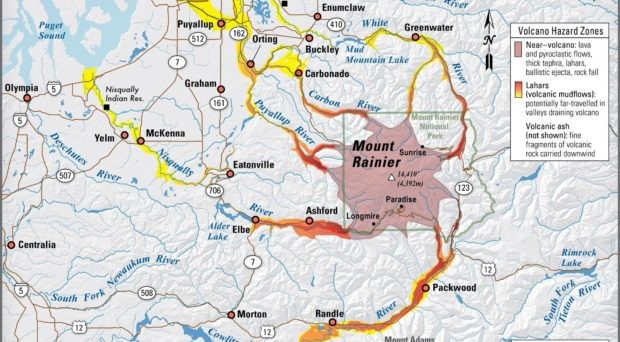Illustrating Fuego: Tangled and Tangible (Self-)expression
Published 8 May 2025
People's diverse stories of disaster often go untold. Creative methods allow researchers to work with affected people and their stories with the sensitivity and depth they deserve. Using these methods to study volcanic disaster, I found both promise and challenge in turning theory into practice.

Watching Ruapehu Crater Lake: What does this tell us about an active volcano?
Published 2 December 2024
Ruapehu is an active volcano in New Zealand, with all historical eruptions having occurred from its Crater Lake. By watching and photographing the Crater Lake, we attempted to better understand the lake and see if watching the lake could indicate when and how Ruapehu may erupt in the future.

Be Prepared: highlights from applied volcanology
Published 22 May 2024
This blog post highlights a selection of recent publications from Journal of Applied Volcanology revealing the work of volcanologists around the world advancing research and managing the risks and hazards of livelihoods in proximity to volcanic activity.

To prepare or not to prepare: What motivates people to reduce their risk from volcanic impacts?
Published 13 December 2021
What motivates people to prepare for volcanic hazards? In a recent study from Journal of Applied Volcanology, Lauren Vinnell and co-authors from New Zealand and the US explored behavioral and psychological factors which influence whether people are able and willing to evacuate in the event of lahars.

Let's talk more about volcanic hazard maps - a blog post
Published 1 March 2019
Erupting volcanoes can pose many hazards, including volcanic ash, lava flows, pyroclastic flows and lahars. Associate Professor Jan Lindsay, former Editor in Chief of Journal of Applied Volcanology, discusses the importance of volcanic hazard maps in highlighting the areas where these hazards may occur and what needs to be done to improve their development and use.

Journal of Applied Volcanology is calling for submissions to our new collection which will highlight research and case studies that adopt participatory, community-led, or co-produced approaches to volcanic risk and resilience.